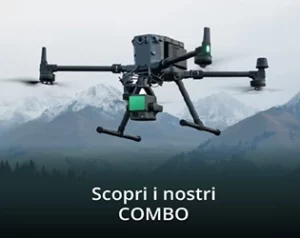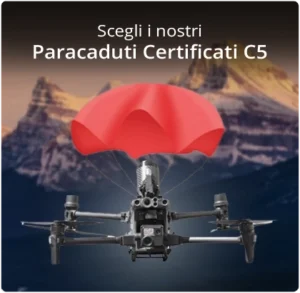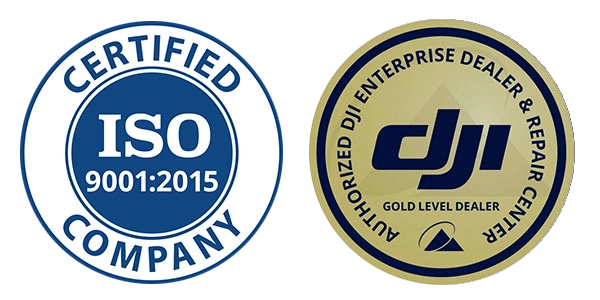DJI Zenmuse L2
High-precision airborne LiDAR system
DJI Zenmuse L2
Extended autonomy, sublime precision
Zenmuse L2 integrates a framing-based LiDAR, an independently developed high-precision IMU system, and an RGB mapping camera with 4/3 CMOS, enabling DJI flight platforms to capture more accurate, efficient, and reliable geospatial data. When used with DJI Terra, it offers an ultimate solution for 3D data collection and high-precision post-processing.
Supreme precision
Vertical accuracy: 4 cm Horizontal accuracy: 5 cm
Sublime efficiency
Coverage of 2.5 km2 with a single flight [2]
Superior Penetration
Smaller laser dots, denser point clouds
Sensing distance
250 m with a reflectivity of 10%, 100 klx 450 m with a reflectivity of 50%, 0 klx
5 Returns
Ultimate solution
LiveView point cloud
One-click processing on DJI Terra
Integrated LiDAR solution
With its powerful hardware, L2 ensures accurate scanning of complex objects within a wide range and faster point cloud acquisition. During operations, point cloud models can be previewed, reproduced, and processed in situ, taking advantage of activity quality reports generated by DJI Terra. All this provides a practical and comprehensive solution that improves overall efficiency, enabling users to obtain accurate results from point clouds with a single post-processing operation.

High levels of accuracy
By combining a GNSS and an independently developed high-precision IMU module, this solution provides a vertical accuracy of 4 cm and a horizontal accuracy of 5 cm. [1]
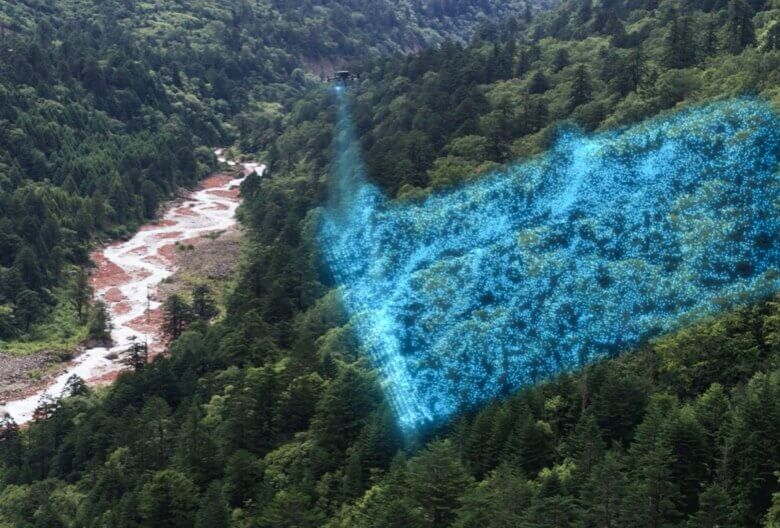
Sublime efficiency
Ready to operate as soon as it is turned on, it can collect geospatial and RGB data from an area of 2.5 km2 in a single flight.
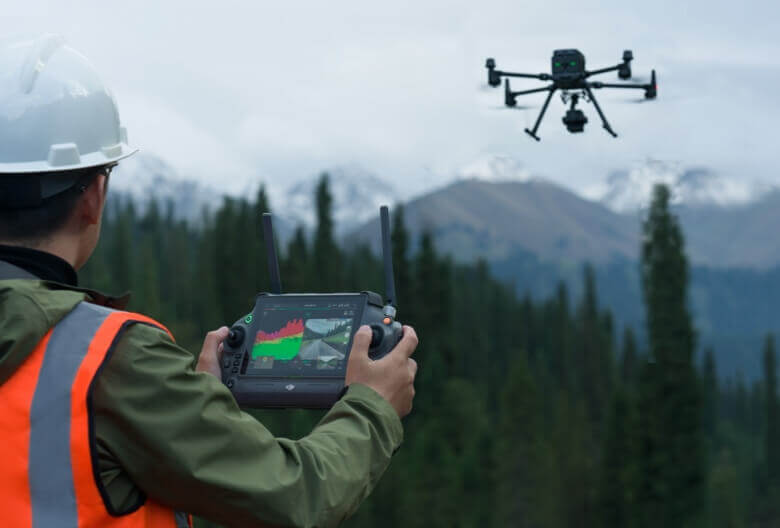
Intuitive operations
Together with Matrice 350 RTK and DJI Terra, L2 offers an ultimate solution that reduces the operational threshold.
LiDAR based on framing
Sensing distance increased by 30%
L2 can perform detection from a maximum distance of 250 m with 10% reflectivity and 100 klx,[3] or 450 m with 50% reflectivity and 0 klx. [3] Now the typical operational altitude can be up to 120 m, definitely improving safety and operational efficiency.
Smaller laser dots, denser point clouds
With a single point size of only 4×12 cm at 100 m, one-fifth that of the L1 versions, and the ability to detect more detail in much smaller objects, L2 can penetrate denser vegetation, generating much more accurate digital elevation models (DEMs).
Supports 5 returns
In areas with very dense vegetation, L2 is able to capture more points on the ground even under the foliage.
Effective speed of point clouds: 240,000 pt/s
In all return modes, both single and multiple, L2 can reach a maximum generation rate of 240,000 points per second, enabling the acquisition of more data in point clouds in a given time interval.
Dual scanning modes
L2 supports two scanning modes, adapting flexibly to the user's needs. With the repetitive scanning mode, L2's LiDAR can obtain more uniform and accurate point clouds, meeting the requirements of high-precision mapping. The non-repetitive scanning mode offers a higher level of penetration, resulting in more structural information, so it is suitable for power grid inspection, forest survey and other scenarios.
Framing-based design
The frame-based design guarantees an effective point cloud data rate of up to 100%. When used in conjunction with a three-axis stabilizer, it offers superior possibilities in sensing scenarios.
High-precision IMU system
Superior accuracy
The independently developed high-precision IMU system, combined with the drone's RTK positioning system for post-processing data fusion, gives L2 access to absolute and highly accurate position, velocity and attitude information. In addition, the increased environmental adaptability of the IMU system further enhances its operational reliability and accuracy.
Yaw precision
0.2° in real time, 0.05° after processing
Pitch/roll accuracy
0.05° in real time, 0.025° after processing
IMU module operating without heating
The performance of the IMU system has been greatly improved, and it is ready to use immediately after being turned on. In addition, the associated drone can start operating immediately when the RTK is in FIX state to provide an optimal field experience.
RGB camera for mapping

4/3 CMOS and mechanical shutter
Pixel size has been increased to 3.3 μm, and effective pixels now reach 20 MP, providing a significant improvement in overall images and increasing the level of detail in point clouds with true colors. The minimum interval for photos has been reduced to 0.7 s. The maximum number of camera shutter cycles for mapping has been increased to 200,000 to further reduce operating costs. When it is not necessary to collect point clouds, the RGB camera can still take photos and record video or collect images for visible light mapping.
Optimized operating experience
Inspection of power lines
Diversified flight routes
LiveView point cloud
Reproduction and merging of point cloud models
Automatic generation of activity quality reports
PPK Solution
Supports Waypoint, Area, and Linear route types to handle surveying tasks in a variety of environments.
During operation, DJI Pilot 2 supports three display modes: RGB, point cloud and point cloud/RGB side-by-side display, presenting operational results intuitively. Enabling RNG (Laser Rangefinder) provides access to distance information between the LiDAR module and the object in the center of the FOV, improving flight safety. It also supports four real-time point cloud coloring modes: reflectivity, height, distance and RGB.
After operation, the 3D point cloud model [7] can be viewed directly in the album. The 3D point cloud models of multiple flights can also be merged, allowing on-the-spot decision making regarding operational quality.
After point cloud data is collected, the DJI Pilot 2 app will automatically generate an activity quality report [8] so that operators can check operational results in real time and on site, making field work more responsive and worry-free.
In complex operating environments, users can set RTK base stations before operation to prevent RTK data loss due to interference, video transmission disconnection or other problems beforehand. After operation, it imports the original files into DJI Terra to use the PPK (post-processing kinematics) process to reconstruct high-precision models.
Get efficient and reliable one-stop post-processing when importing point cloud data into DJI Terra. Generate a 3D point cloud model in standard format with one click after point cloud trajectory calculation and accuracy optimization. After classifying the point on the ground using Ground Point Type, a DEM can be generated. The quality of the point cloud can be analyzed with the Accuracy Control and Check function.
Usage scenarios
When used in conjunction with DJI Enterprise flight platforms and the DJI Terra app, Zenmuse L2 can be used to perform terrain inspections and mapping, as well as for power line, forest and infrastructure management, as well as in many other scenarios.
Land inspection and mapping
Power line management
Forest management
Infrastructure management
Call Us Now
for a free consultation on Hardware,
Software, and ENAC.
Book Now
your free phone consultation with our Experts.
